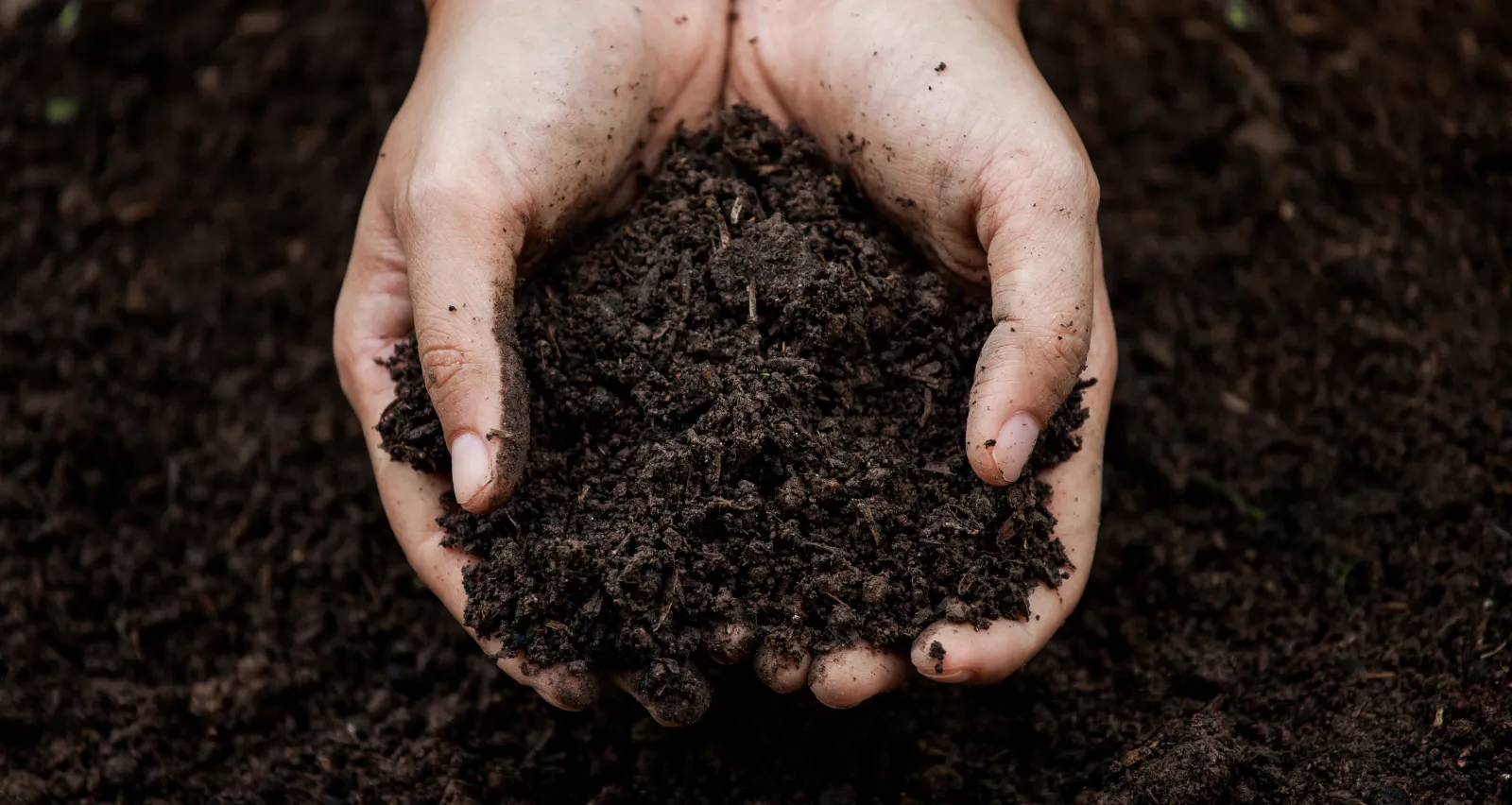
Bangalore, once known as the “Garden City,” is grappling with a severe water crisis. Daily life for residents has been significantly impacted, with water rationing and tanker deliveries becoming a regular occurrence. But beyond the immediate challenges faced by households, a hidden community is also feeling the squeeze – Bangalore’s farmers.
Water Scarcity in Bangalore: Challenges for Bangalore’s Farmers
The water scarcity in Bangalore isn’t a new phenomenon. The city relies heavily on rainfall and limited water sources like lakes and reservoirs. However, erratic rainfall patterns and rapid urbanization have exacerbated the situation. Declining water tables and shrinking lake beds have made accessing water for irrigation a constant struggle for farmers.
Furthermore, Bangalore’s growing population creates an intense competition for water. As the city expands, agricultural land gets converted for housing and commercial development. This land-use change not only reduces the area available for farming but also displaces farmers from their traditional lands.
The combined effect of water scarcity and land-use changes poses a serious threat to the livelihoods of Bangalore’s farmers. Reduced water availability leads to lower farm productivity, impacting their income and the overall viability of agriculture within the city limits and peri-urban areas.
Here is the comprehensive graph portraying the historical and projected impact of water scarcity on Bangaloreans’ lives up to 2025. Explore the evolving data to understand the challenges faced and potential futures ahead for the city.

A Glimmer of Hope: Solutions for a Sustainable Future
Despite the challenges, there’s still hope for Bangalore’s farming community. By adopting water-saving techniques and embracing innovative farming practices, farmers can navigate this crisis.
Micro-irrigation methods like drip and sprinkler systems deliver water directly to plant roots, minimizing evaporation and maximizing efficiency. Rainwater harvesting can further supplement irrigation needs by capturing and storing rainwater for later use. Additionally, precision agriculture, which utilizes sensors and data analysis to optimize water application, can be a game-changer.
Urban farming innovations like rooftop gardens and vertical farming offer exciting possibilities. These techniques require less land and water compared to traditional farming, making them ideal for urban environments.
The government also has a role to play. Programs promoting water conservation in agriculture, such as subsidies for micro-irrigation equipment, can provide much-needed support. Additionally, policies encouraging sustainable urban farming practices can create a more resilient agricultural system.
However, addressing this crisis requires a collective effort. Collaboration between farmers, authorities, and citizens is crucial. Farmers can share knowledge and best practices on water conservation. Citizens can support local farmers’ markets and advocate for sustainable water management policies.
Conclusion
Water scarcity is a complex issue with far-reaching consequences. While Bangalore’s farming community faces significant challenges, there are potential solutions. By adopting water-saving techniques, embracing innovative practices, and working together, a more sustainable future for agriculture in the city is achievable.
Let’s all play our part in ensuring that Bangalore’s once-vibrant farming community continues to thrive, even amidst the challenges of water scarcity.
- Support local farmers’ markets and choose fresh, locally grown produce.
- Advocate for sustainable water management practices in your community.
- Explore ways to reduce your own water consumption at home.
Together, we can create a water-secure future for Bangalore and ensure its agricultural legacy continues to flourish.









